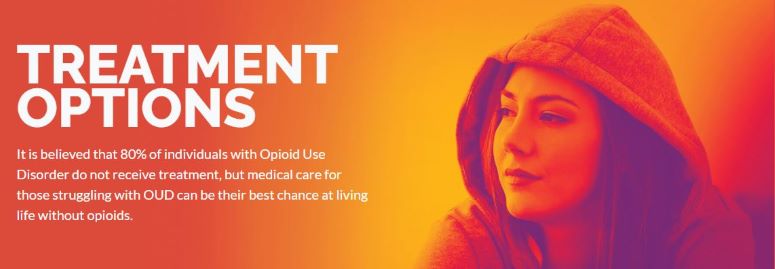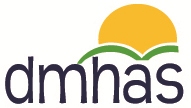
There is a range of treatment options for those who struggle with OUD. With the right care, support, and treatment, recovery is possible — there is life with OUD. If you or someone you love is considering treatment, there are many paths to recovery including medication, inpatient treatment, 12 step programs, counseling, and more. For each person, there is an option that can work.
Medication Assisted Treatment (MAT) uses approved medications, in combination with counseling and behavioral therapies, to provide a “whole-patient” approach to treat opioid use disorder. Though each medication works differently, MAT works in the brain to stop cravings and manage pain and withdrawal symptoms. Research shows that a combination of medication and therapy can successfully treat these disorders, and for some people struggling with addiction, MAT can help sustain recovery. For more information about Medication Assisted Treatment go to Medication Assisted Treatment.
Finding Treatment:
- Call 1-800-563-4086 any time, day or night
- DMHAS Addiction Services Bed Availability
- Substance Use Walk-In Assessment Centers
- List of DPH Licensed Substance Use Treatment Programs
- Map of Methadone Clinics in CT
- Opioid Treatment Program Directory - SAMHSA
- FindTreatment.gov
The cost of rehabilitation, detox, and MAT can vary based on the level of care needed. There are a range of options to pay for treatment—including self-pay, private insurance or state insurance coverage, or financing through the rehab center.
Private Insurance Information:
The Connecticut Insurance Department has developed a toolkit to help consumers navigate behavioral health and substance use care through their health insurance plan.
Information for parents of teens and young adults on medication-assisted treatment:
Information for providers:

